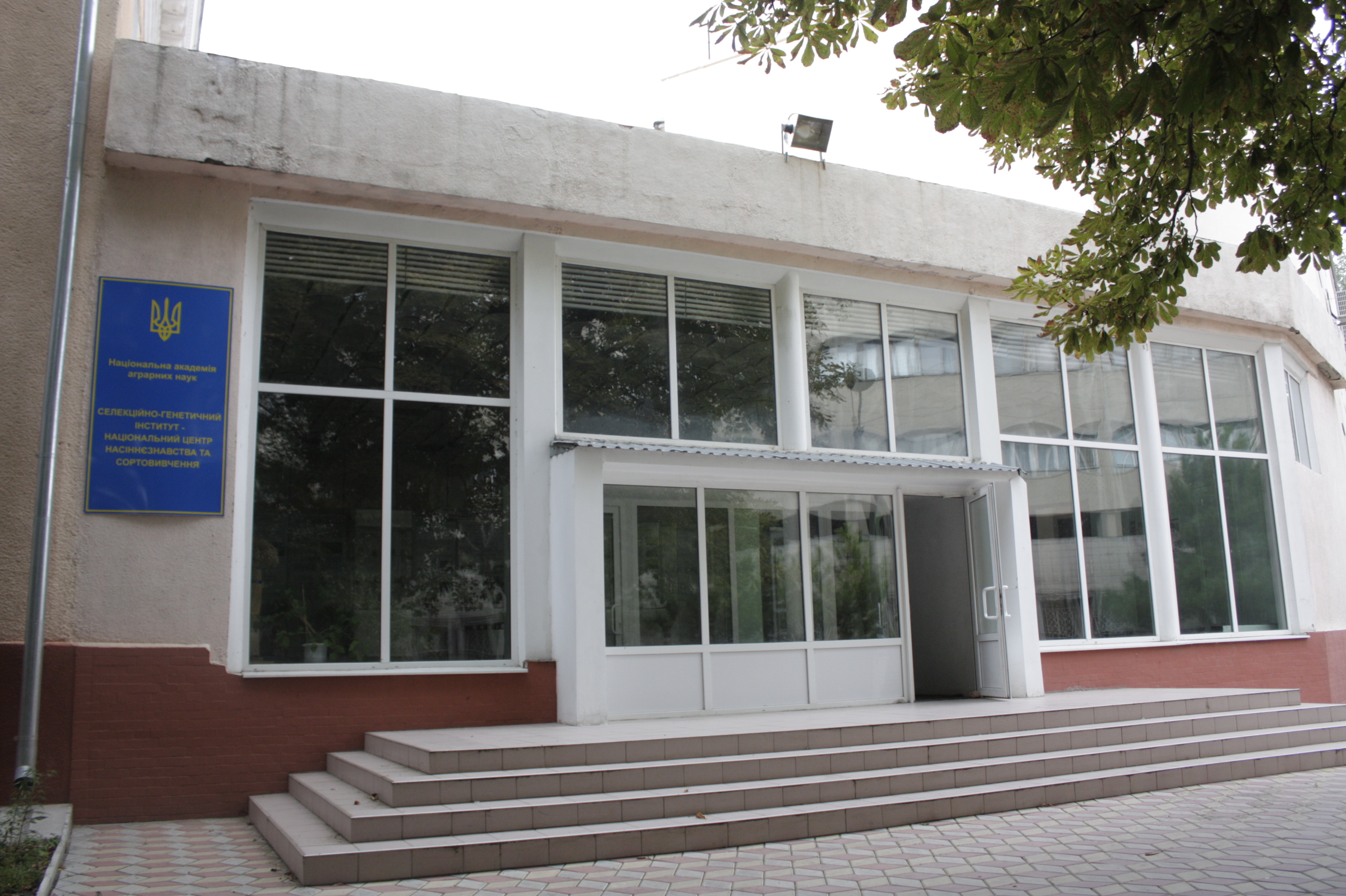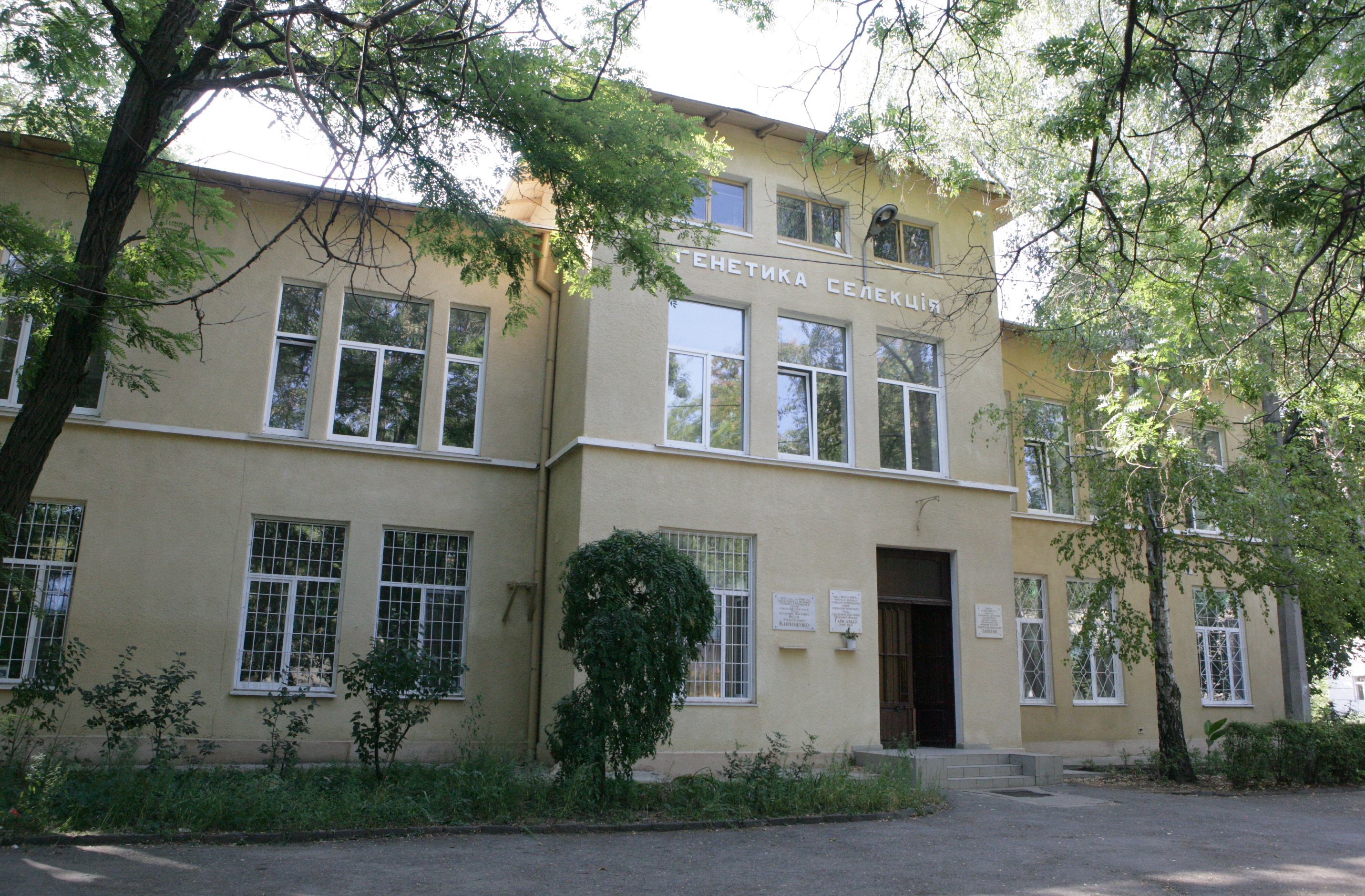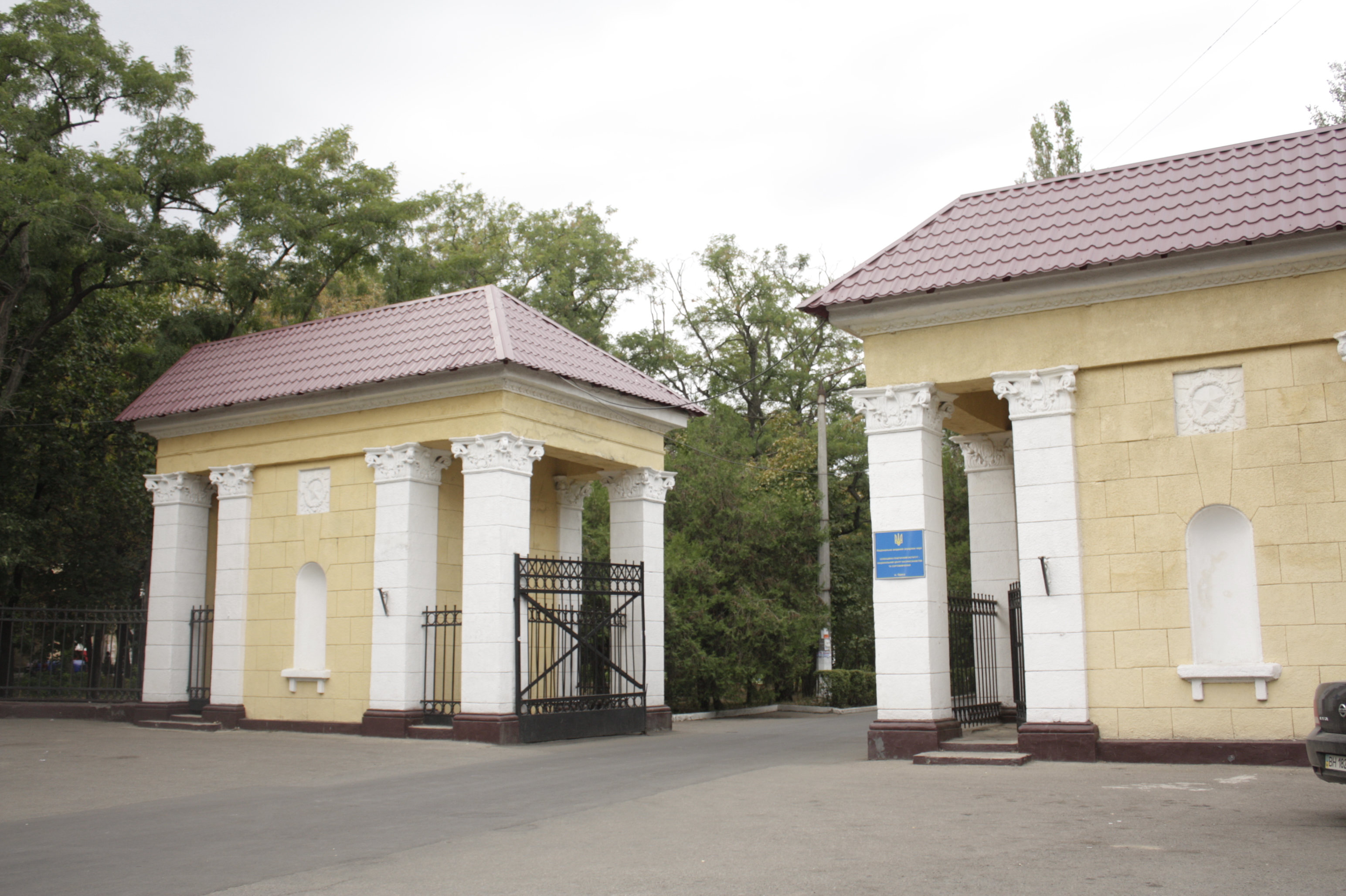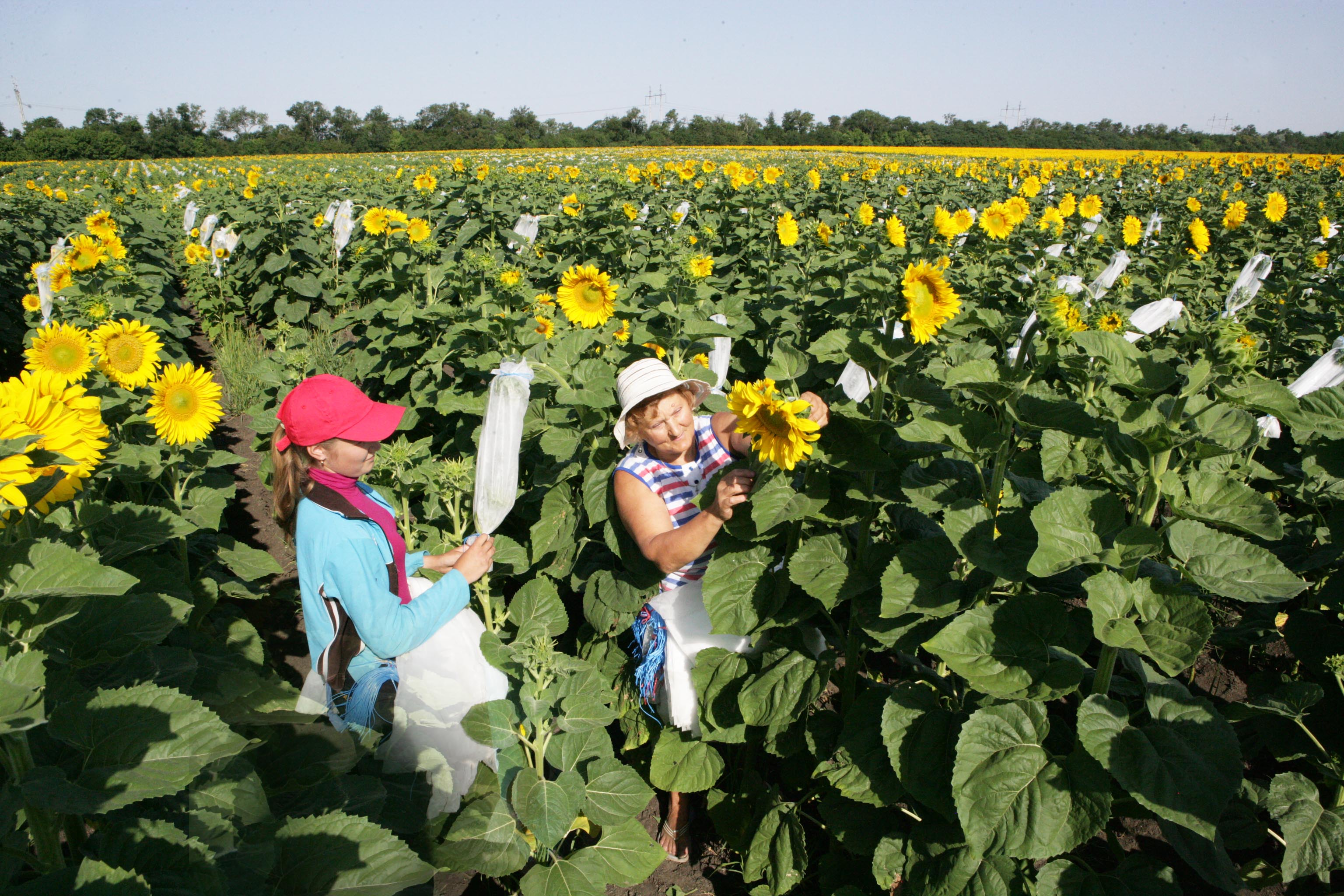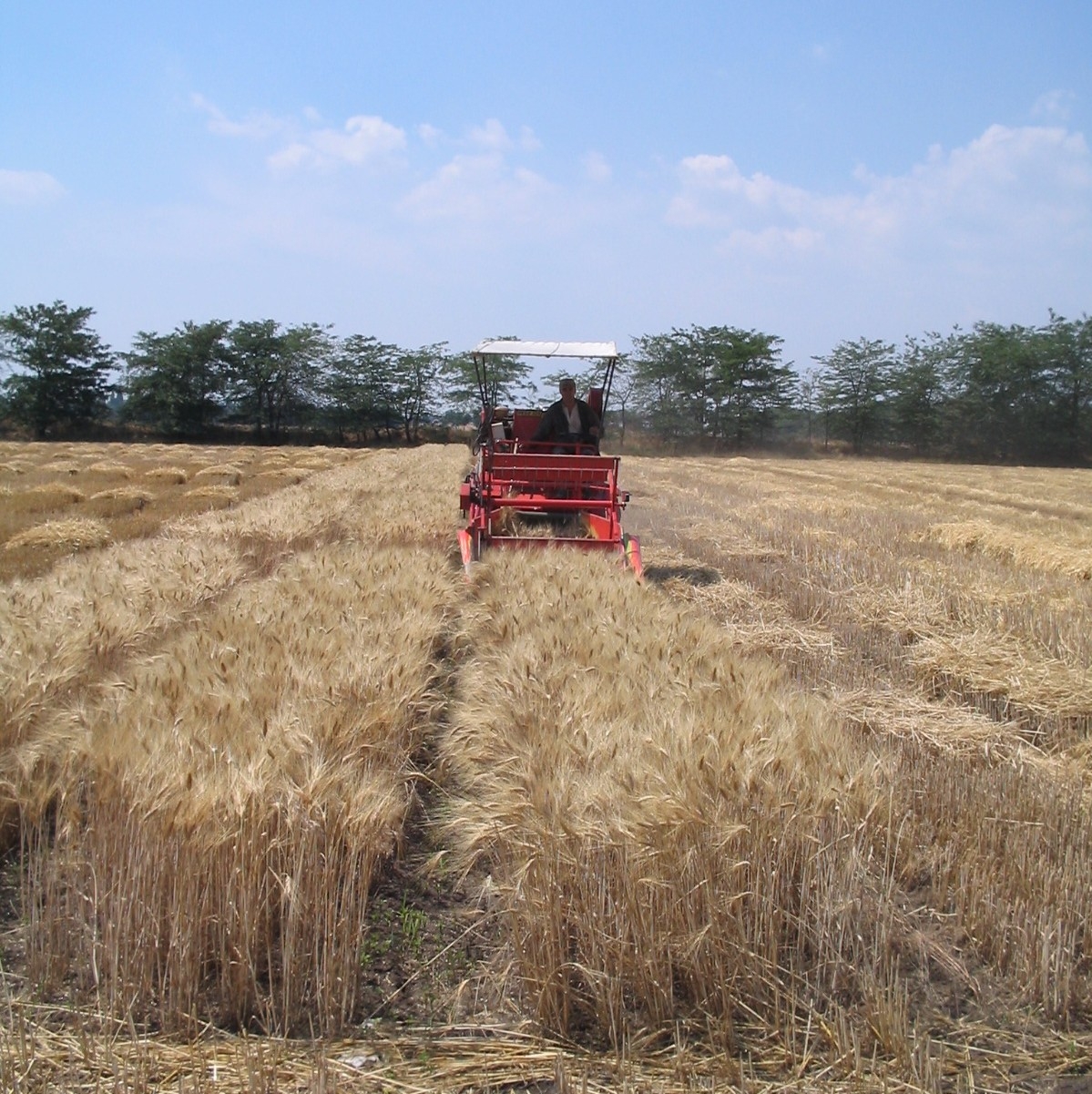THE GRAIN QUALITY & PRE-BREEDING DEPARTMENT
Chief of the department - A. Rybalka, doctor of science
E-mail: rybalkaalexander@gmail.com
The department’s activity is divided into R&D and routine analytics (grain quality assessment) of the breeding plant material developed by the Institute’s breeders.
The dept’s R&D are presented with several following scientific projects:
1/ The dept deals with four different crops:
- winter wheat,
- winter triticale,
- winter hull-less barley (food- & feed end-use) and
- spring hull-less barley (food- & feed end-use).
2/ Winter wheat R&D also divided into several sub-projects:
a/ development of the original pre-breeding material on the base of interspecific crosses of cultivated wheat varieties with wild species close genetically related to cultivated wheat simultaneously possessed with D-genome (genome donors) as the most agronomically important key-genome of the cultivated wheat;
b/ transfer from different genetic sources to cultivated wheat genomes of the original genes and their alleles responsible for grain/flour compounds biochemical properties and quality performance;
c/ wheat biofortification by enhancing of grain compounds that performing an important key functionality of grain and grain by-products related to their health promotion properties.
3/ Winter triticale R&D aimed on development of triticale with the distilling and feed end-use performance. The program based on the original approach of the genetic resource’s mobilisation in terms of wheat and rye chromosomes recombination (ph-gene deleted) by induced crossing- over.
4/ Food (feed) winter, spring and alternative types of hull-less barley development possessing the grain characteristics of the functional food status. Hull-less barley R&D healthy grain project also divided into several sub-projects:
a/ barley with shifted from normal state alternative in starch components such as amylose/amylopectin ratio possessing zero amylose or up to 70% elevated amylose content with corresponding food/feed characteristics;
b/ barley biofortification with grain mineral phosphorus content by the use of lpa-gene mutations preventing mineral phosphorus binding into the organic form undigestible for human, non-ruminant animals and poultry. Mineral phosphorus liberation will considerably facilitate mineral phosphorus bioavailability and prevents the environment pollution with organic phosphates.
c/ barley biofortification in protein/starch complex characteristics leading to development of barley with the unique grain nutrition quality on the base of the SBEIIa gene mutation use;
d/ barley biofortification with the bioactive polyphenolic compounds such as blue, yellow, purple and black coloured pigments anthocyanins and phytomelanins elevating of the grain and grain derived food products in the antioxidant activity;
e/ development of the novel two-rowed food/feed end-use hull-less barley possessing outstanding agronomic performance such as high grain yield, high resistance to lodging and grain threshing ability, high grain protein content and grain processing characteristics.
The dept’s routine analytics predominantly includes the laboratory assessment and systematic screening of the wheat (barley, maize) breeding plant material derived from the Institute’s breeding and seed production depts by the use of the following laboratory protocols:
- Assessment of the wheat breeding material for BM-quality at the early generations breeding stage by the use of SDS-30 sedimentation protocol.
- Evaluation of the advanced wheat breeding material for grain/flour protein & gluten content in wheat.
- Barley grain compounds analysis related to food & feed quality.
- Wheat flour technological evaluation predominantly for dough elasticity performance.
- Wheat, barley, maize, sunflower seed purity testing by the use of Acid PAGE/SDS-PAGE laboratory protocols.

